People may have a wide range of preferences regarding treadmill usage including running barefoot on a treadmill.
Some people who choose to use treadmills may prefer the feel and comfort of running in running shoes. Other people would instead run or jog outside with nothing on their feet.
However, those who run outdoors often complain about rocks and sticks getting stuck in their soles. The lack of cushioning also increases the risk of injury for runners, particularly those who go far or fast enough that they can hit the ground with a great deal of force. Best treadmills with cushioning are the solution for that!
Those who want to improve their cardiovascular health without increasing their risk of injury may be interested in trying out barefoot running on a treadmill – but is it safe?

Contents
Benefits of Barefoot Treadmill Running
The primary benefit is that running while barefoot feels strange at first; it leads to a very natural stride. For runners, this means using their ankles and arches more efficiently. Barefoot running also reduces the risk of hitting the ground with too much force by spreading the amount of pressure each time a runner’s foot hits.
Who Can Run Barefoot on a Treadmill?
It should be noted that not everybody can enjoy running barefoot on a treadmill. Those who are not used to running or have not developed proper foot strength may want to use the best treadmill for running without shoes at first. Also, those with fragile ankles may be more likely to sustain injuries when using barefoot running on a treadmill.
How Should You Run Barefoot on a Treadmill?
The best way for runners of any experience level to run barefoot is by having their feet touch the front of the belt only lightly before rolling backward off it.
Keeping your feet off the belt forces you to lift them high enough that you can use your toes as brakes throughout your run.
By lifting your feet rather than pushing off heavily, you’ll reduce the likelihood of injury and maximize energy efficiency during each run.
Is It Safe to Run Barefoot on a Treadmill?
It comes down to whether or not you feel comfortable going without shoes while using a treadmill. If the thought of going shoeless makes your skin crawl, there’s probably no reason to give it a try.
Running without shoes on the treadmill might result in several unpleasant injuries. These are all things to think about before deciding whether or not to use the treadmill without shoes.
Burns
The treadmill belt may become too hot and cause the bottom of the feet to burn.
Blisters
People who are not used to barefoot running on a treadmill may be more likely to develop blisters.
Slipping
The belt is slick against the feet, so it’s very easy to slip and lose balance. This may be even more likely if the treadmill is not used regularly.
Injuries from falls
If a runner doesn’t have a firm enough grip on the floor, slipping may result in them crashing into the sides of the treadmill or falling off onto the ground.
Injury from Falling Objects
If someone else accidentally bumps into a shoeless runner while they’re using a treadmill, it’s easy for objects to fall out of their pockets and cause injuries.
Stress Fractures
Running with weak ankles and arches is a major cause of stress fractures. Stress fractures can also occur when runners use their toes as brakes rather than lifting them high enough to slow themselves down normally.
Tendonitis
People who have never used a treadmill before may not be used to the amount of pressure running puts on their bodies, particularly when going barefoot. Running over and over again with this much force can lead to tendonitis.
Cuts & Scrapes On Skin Of Foot
When running barefoot on a treadmill, runners are more likely to injure their feet on the sides of the belt or the front of it.
Precautions for Running Barefoot on a Treadmill
The key to avoiding injuries while running barefoot is being mindful of your body position at all times. If you’ve never run on the treadmill before, focus on gaining speed slowly and practicing how to move forward without putting too much stress on your ankles.
As long as you take two simple precautions when using a treadmill barefoot, there should be no reason why you can’t have safe and comfortable runs every time.
Keep your feet off the moving belt so that they don’t go sliding across it. Keep enough pressure against each step to keep your balance and avoid falls; avoid pressing down with all your weight.
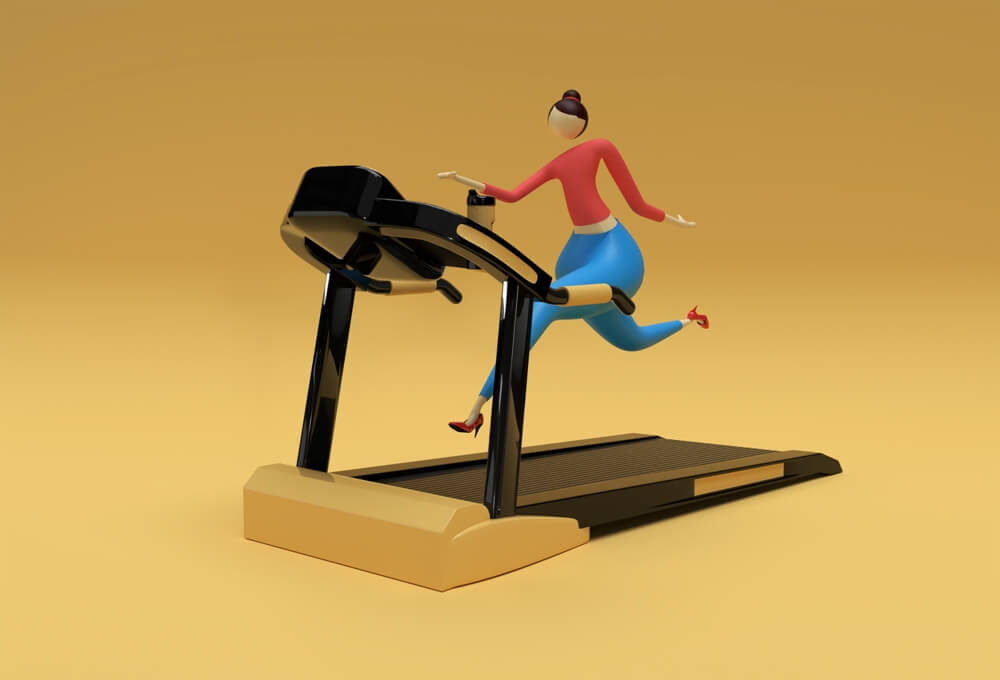
The Importance of Foot Support and Treadmill Training
Treadmill running requires more support and strength from the foot than outdoor running. As a result, runners who haven’t built up their feet properly are more likely to develop injuries when training on a treadmill.
Running shoes cause the human foot to over-pronate, leading to all kinds of problems. When barefoot or in minimalist footwear, it becomes much easier for runners to utilize the proper technique.
For those used to wearing running shoes, building your feet back up after taking them off is essential for avoiding injury while using the treadmill.
Barefoot walking should be enough warmup before trying out any barefoot running exercise, whether on the treadmill or the road.
Doing day-to-day things without shoes is also a good way to help strengthen your feet.
Overall, treadmills are designed for a user that is wearing proper footwear. While you can technically run barefoot using a treadmill, it is safer to wear shoes while using a treadmill instead of going barefoot.
Final Words
Those interested in running barefoot on a treadmill should consult with their doctors before making the transition to know what to expect and decrease the risk of injury or soreness. However, many runners find that running without shoes feels just as natural as it does with them over time!
If you’re not used to running without shoes, we suggest starting with shorter runs and gradually building up the length and speed of your workout over time. Most people who go shoeless on a treadmill do so to avoid developing injuries like blisters or sore feet from long running or jogging sessions.
By easing yourself into barefoot treadmill running, you’ll increase your chances of being able to perform it safely for years to come.
Be sure that you have plenty of room on either side so you don’t get stuck against the sides of the treadmill.
Make sure you have a safe environment to run in, especially if you use your treadmill without shoes on it.
Runners should start barefoot because it simulates how the feet naturally function while running outside. Runners are advised not to use their treadmill without shoes until they can successfully run 1-3 miles on the smooth ground outside.
As long as runners remember to stretch beforehand and ease into running without shoes, nothing stops them from enjoying hot summer days while also staying healthy!


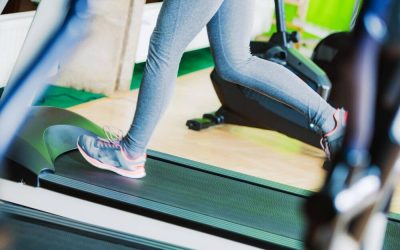


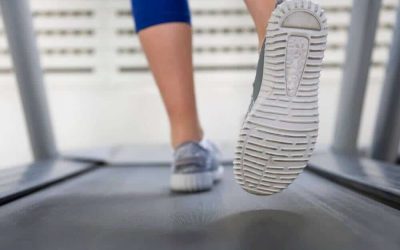

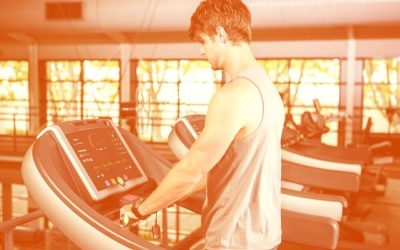


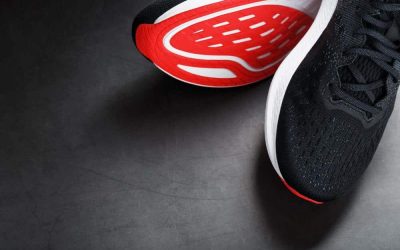
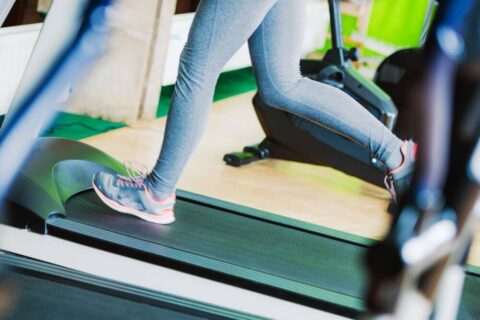
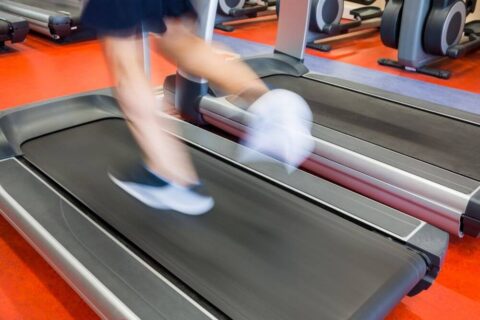




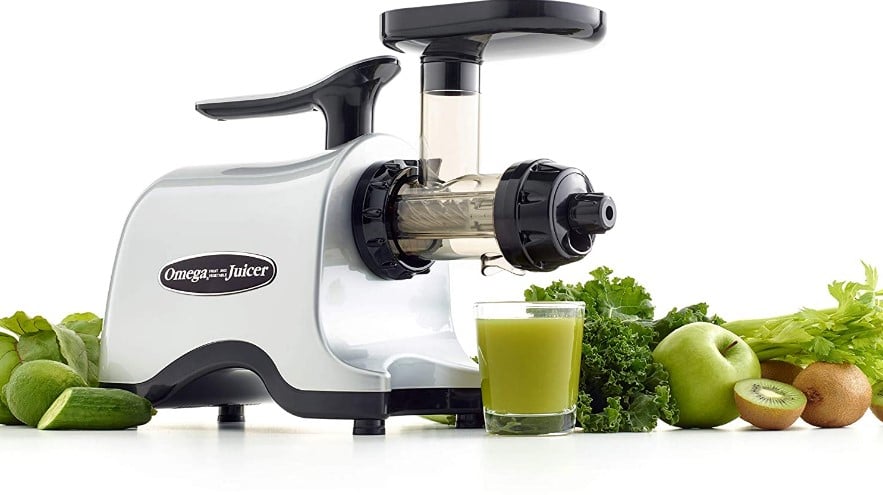


1 thought on “Is Running Barefoot on a Treadmill Bad?”
You have remarked very interesting points! ps nice site.